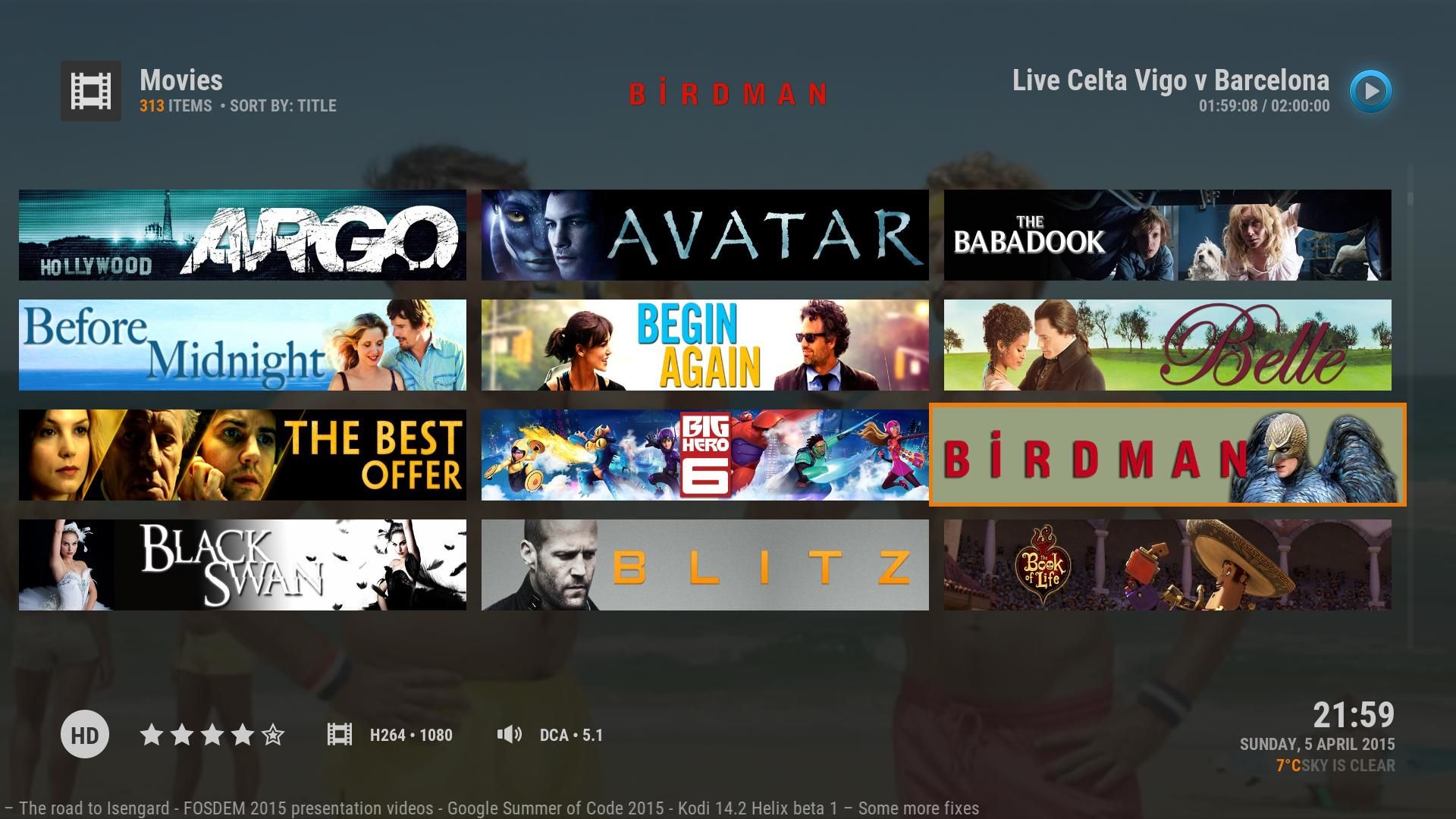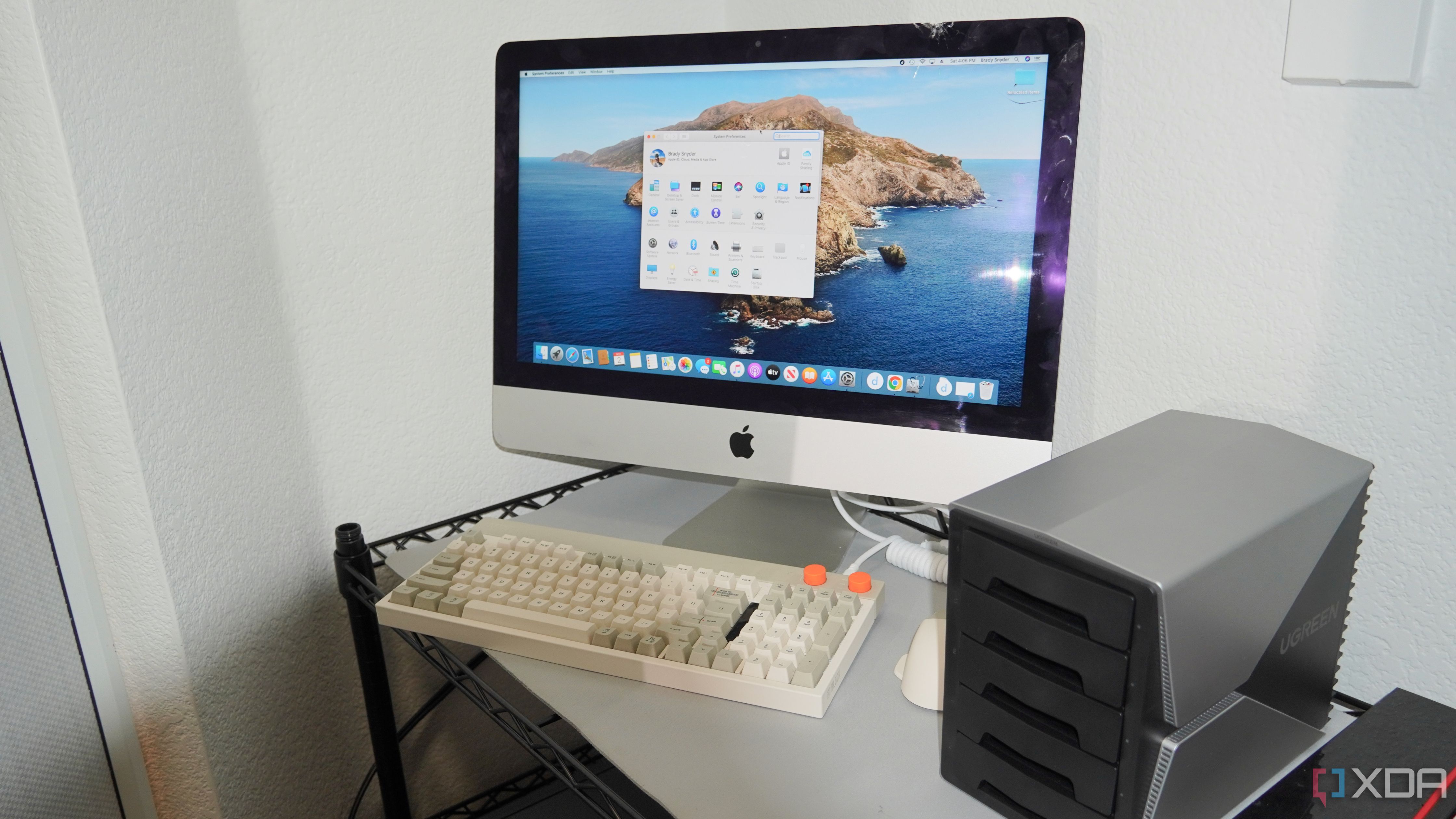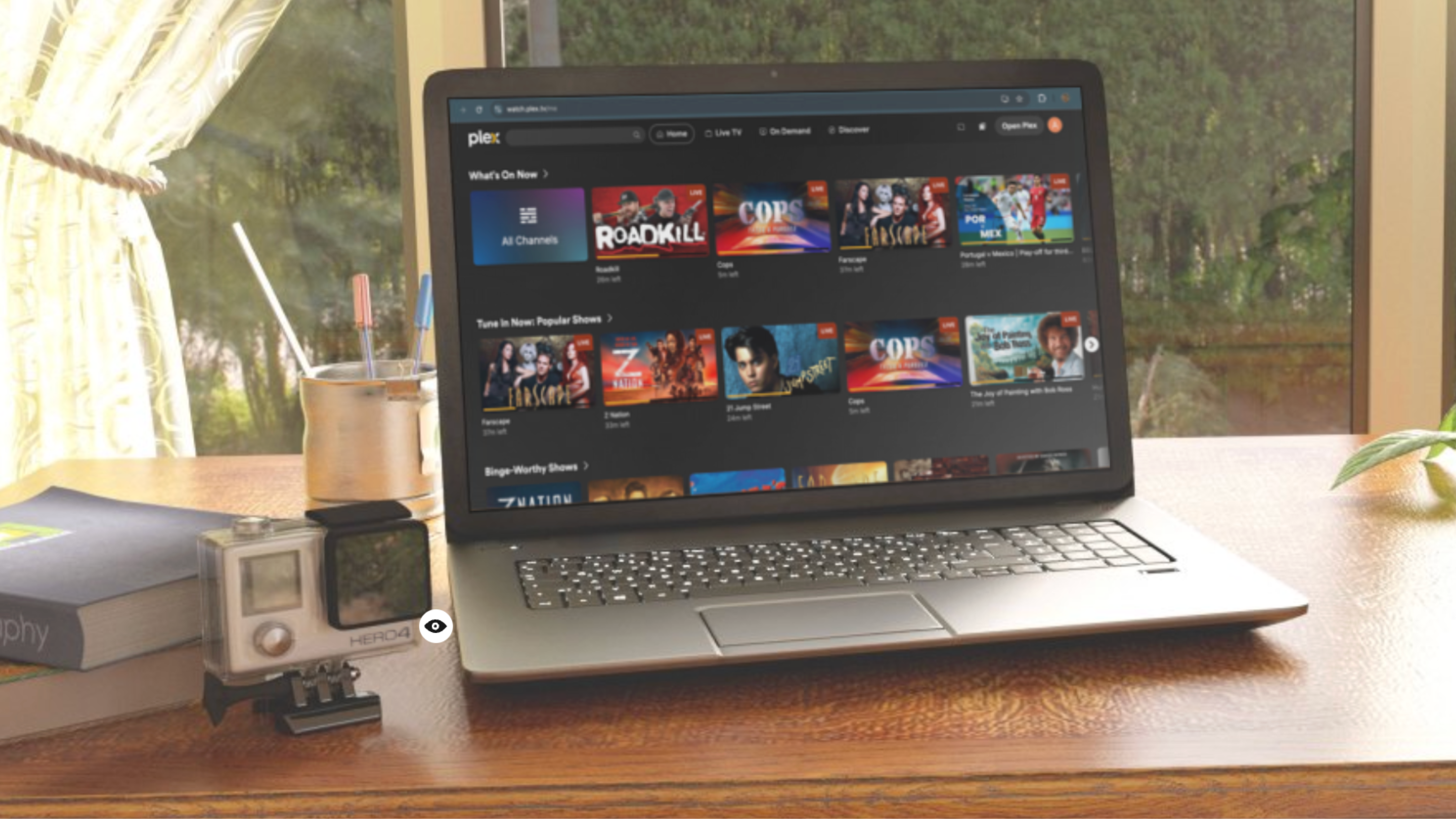Plex is a platform that offers both a free streaming service with movies, TV shows, and live TV, and a software solution to organize and stream your personal media collection. While the former isn’t particularly appealing to most users, Plex excels as a media server. It allows you to set up a server from which you can stream your media library to multiple devices and share content with others. If you’re tired of streaming service price hikes, plan changes, and password-sharing crackdowns, self-hosting and maintaining a home media library through Plex offers plenty of value, beyond the obvious privacy and cost-saving advantages.

Related
3 reasons Emby is a great alternative to Plex and Jellyfin
Emby is one of three popular media center choices for owned content, but how does it compare to Plex and Jellyfin?
It fetches artwork, plot summaries, genres, cast, and more
Plex’s Metadata Agents handle the heavy lifting of organizing your library by fetching artwork, plot summaries, genres and cast information from reputable online databases Under the hood, these agents connect to sources such as The Movie Database, TheTVDB and Last.fm to ensure each entry in your library displays rich, accurate details.
In practice, creating a new “Movies” or “TV Shows” library triggers Plex to scan your folders, identify media files, and immediately populate them with posters, plot synopses, and ratings. You can fine-tune metadata by choosing a specific agent or dragging in local images for custom artwork; however, for most users, the default settings are sufficient.
3
Cross device accessibility
Plex is available on practically every platform
Source: Mockup.photos
The best part about Plex is that it’s available on practically every platform you need, whether it’s Android, iOS, Apple TV, Android TV, Amazon Fire TV, Roku, game consoles, web browsers, and more. On your local network, streaming requires no extra setup. Simply install the Plex Media Server on your chosen machine and log in from any app. For remote streaming, Plex’s Relay service often just works without port forwarding. If needed, a quick router update grants access to your library from anywhere in the world.
I personally love the ability to watch content I have on my phone or laptop on my TV. You don’t need an HDMI cable or have to cast your screen. Just open the Plex app on Google TV and watch the content you’ve self-hosted.
You can also invite family and friends to view specific libraries, set viewing restrictions, or let them add content to collaborative collections. Mobile apps are free for local network streaming, so you can cast your movie marathons to your phone or tablet without unlocking an account.
2
Repurposing old hardware
Put that old laptop to good use
If you have an old laptop or mini PC lying around and you’re not sure what to do with it, setting up a Plex Media Server might be the perfect use case. Plex Media Server runs on Windows, macOS, Linux, FreeBSD, Docker containers, many NAS devices, and even select routers and the NVIDIA Shield TV. Its modest system requirements mean most PCs manufactured in the last decade can handle streaming 1080p content. If you’re unsure where to start, my colleagues at XDA have already outlined how to turn refurbished mini PCs or older desktops into fully featured Plex servers, complete with transcoding capabilities and remote access.
That said, if you plan to have multiple people streaming at once, you might need a more powerful machine. Plex may need to transcode content during playback, and if your CPU isn’t strong enough to handle that, you could experience pauses or buffering as the server catches up. It’s also worth noting that Plex only supports processors using x86 or x86-64/x64 architectures, such as Intel or AMD CPUs. It does not currently support ARM-based systems running Windows.
1
Subscription-free streaming
Though some features are paid
Installing Plex Media Server and streaming your own files comes at zero cost. You’re never charged for spinning up libraries, adding metadata, or browsing your collection. Plex even offers ad‑supported “Movies & Shows” and Live TV channels free to all users. Non‑mobile apps on platforms like Roku, Apple TV, PlayStation, Xbox, and web browsers remain unrestricted, so you can access your media without ever entering billing details.
Mobile streaming on local networks no longer requires activation. If you crave premium features like hardware-accelerated transcoding, mobile sync, Live TV DVR, parental controls, or early access to new features, a Plex Pass subscription or a one-time mobile unlock is available.
Self-hosting is the way to go
Setting up a Plex streaming server is easy, and the hardware requirements are fairly modest. If you have a reasonably modern PC, you can turn it into your own personal streaming hub without much hassle. You might also want to check out Jellyfin — it’s faster, less bloated, and doesn’t rely on external services. And if you’re interested in going deeper into self-hosting, you could save nearly $100 a month by hosting many services yourself.

Related
8 common Plex issues on NAS and how to fix them
Say goodbye to your Plex frustrations












